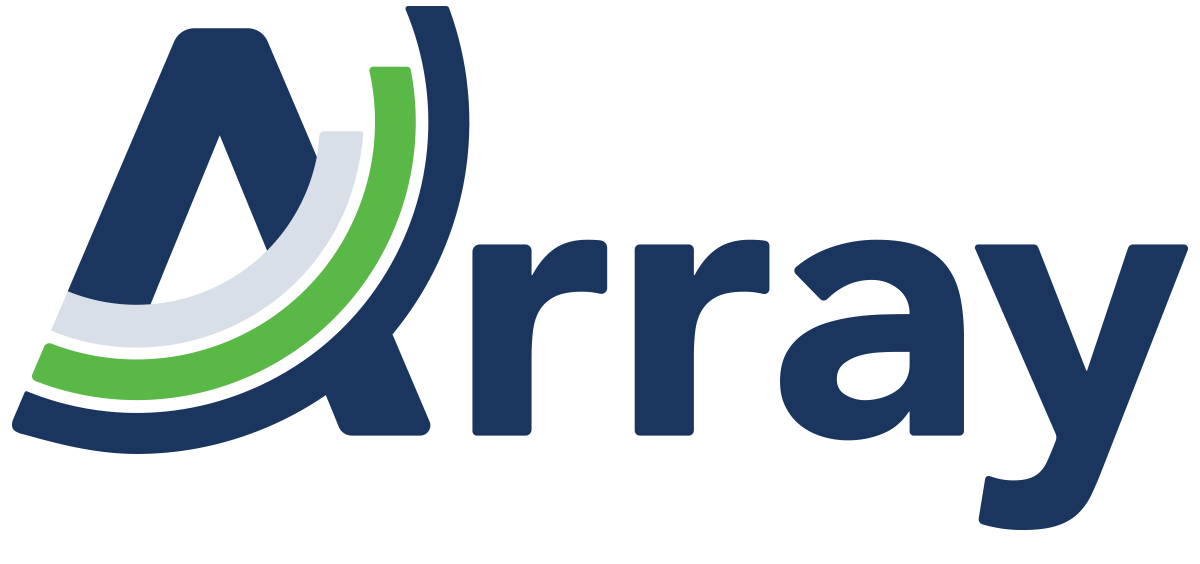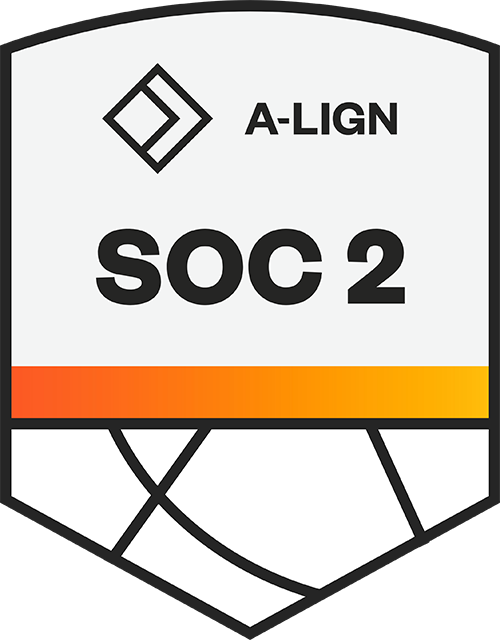In our recent webinar on modern attachments in eDiscovery, one thing became abundantly clear: hyperlinked content represents a significant blind spot in most legal teams’ evidence collection processes. When you send an email with a hyperlink to a Google Drive document instead of attaching the file directly, you’re creating what we call a “modern attachment” – and these are fundamentally changing how discovery must work.
The Modern Attachment Challenge
As Julia Helmer explained during our webinar, modern attachments promote greater collaboration by allowing teams to work on a single document, solve version control issues, reduce data footprints, and enhance security. However, these benefits create significant challenges for eDiscovery:
- Modern attachments exist outside the email, sitting in platforms like SharePoint or Google Drive
- These documents can be edited, restricted, moved, or even deleted after communication occurs
- The version collected is typically the most recent version, not what was seen at the time of communication
- Collection tools struggle to maintain the relationships between emails and their linked documents
The Evolving Legal Landscape
Brian Roberts highlighted several key cases that demonstrate how courts are approaching modern attachments:
- In Nichols v. Noom (S.D.N.Y., 2021), the court ruled hyperlinks weren’t part of document families because the ESI Protocol didn’t explicitly define them as such
- In StubHub (N.D. Cal., 2023), the court enforced an agreement to produce hyperlink documents as part of family groups
- In Acetaminophen ADHD litigation (S.D.N.Y., 2023), the ESI protocol explicitly defined modern attachments to include hyperlinked documents
- In Meta (N.D. Cal., 2023) and Uber Technologies (N.D. Cal., 2024) cases, courts introduced feasibility and proportionality as factors in requiring production
The takeaway is clear: courts are not taking a one-size-fits-all approach. When protocols include hyperlinks, courts will enforce these requirements. When they don’t, and feasibility is an issue, courts generally won’t impose the burden on defendants.
Introducing LinkSync: Closing the Evidence Gap
That’s why we developed LinkSync, our solution that reconnects these broken evidence chains. LinkSync:
- Imports the Google Vault cross-reference file that shows email-to-document connections
- Creates visible, navigable relationships between emails and documents within RelativityOne
- Ensures complete document families remain intact throughout review and production
During the webinar demonstration, we showed how LinkSync enables seamless navigation from an email with a modern attachment directly to the linked document – a capability that would otherwise require manual tracking and linking.
Real-World Application
As shown in our demo, LinkSync proves invaluable when preparing for depositions. In our example, we searched for the phrase “OK, I admit it” and discovered an email containing that phrase along with a hyperlink to a spreadsheet. Without LinkSync, connecting these pieces would be challenging. But with our solution, we could simply click on the attachment link to review the related document.
LinkSync also allows users to:
- Create saved searches that include both emails and their linked attachments
- Expand searches to capture complete document families
- Cross-reference linked documents in production
Future Development
Julia shared that while our current focus is on Google Vault and Google Workspace, our roadmap includes:
- Support for other platforms using modern attachments (Office 365, Slack, Confluence, JIRA)
- Integration with additional Array solutions beyond RelativityOne
- Expanded export options and more comprehensive reporting
- Customizable preferences and machine learning capabilities
Taking Action
As ESI protocols are typically drafted at the start of a project, it’s critical to address modern attachments early. You have two strategic options:
- Define modern attachments similarly to traditional attachments in your ESI protocol
- Include a provision for separate meet-and-confer discussions if modern attachments are discovered
Don’t wait until you’re facing production challenges. Watch our full webinar recording to see LinkSync in action and learn how to develop a defensible approach to modern attachments in your eDiscovery process.
Tracey Oldenburg, Director of Hosting
From her 30 years of litigation experience in the industry, along with being a Relativity Certified Master and Relativity Certified Administrator, Tracey’s expertise expands through project management, IT, and administration. She has designed custom templates, workflows, quality control protocols and proprietary project management & reporting tools used in over 600 active litigation matters. Tracey blends a pragmatic, business-oriented approach to eDiscovery process management with a deep understanding of advanced technology offerings and implementation considerations.

